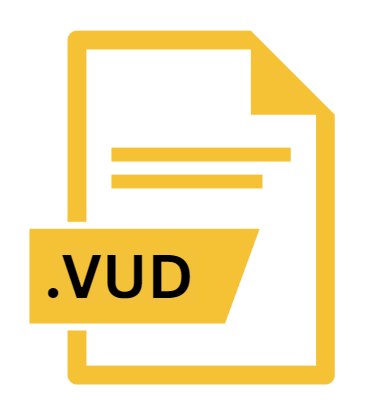.VUD File Extension

Virtual Machine Undo Drive File
| Developer | Microsoft |
| Popularity | |
| Category | Data Files |
| Format | .VUD |
| Cross Platform | Update Soon |
What is an VUD file?
.VUD files serve as snapshots of virtual machine disk states. They capture the disk’s condition at a specific point in time, enabling users to revert to previous configurations.
In essence, .VUD files embody the essence of virtualization technology, providing flexibility and control over virtual environments.
More Information.
The history of .VUD files intertwines with the rapid expansion of virtualization platforms in the early 21st century.
Initially, virtualization was primarily utilized for server consolidation and resource optimization. However, as its capabilities expanded, so did the complexity of managing virtual machine configurations.
.VUD files were introduced to streamline the process of managing disk changes within virtual machines. They provided a means to revert to a known, stable state in case of errors or undesired modifications.
This capability proved invaluable in scenarios such as software testing, system configuration experimentation, and disaster recovery planning.
Origin Of This File.
The genesis of .VUD files can be traced back to the evolution of virtualization technology.
As virtualization gained prominence in enterprise IT infrastructures, the need for efficient disk management tools became apparent.
.VUD files emerged as a solution to address this need, offering a mechanism for reversing disk modifications in virtualized environments.
File Structure Technical Specification.
VUD file encapsulates the state of a virtual machine disk at a specific moment. Its structure typically comprises metadata describing the virtual disk configuration and a snapshot of the disk’s contents.
The snapshot may employ various techniques, such as copy-on-write or differencing disks, to efficiently capture disk changes.
From a technical perspective, .VUD files adhere to the specifications defined by the virtualization platform they belong to.
For example, VMware utilizes its proprietary format for .VUD files, while other platforms like Hyper-V and VirtualBox employ distinct mechanisms.
Understanding these specifications is crucial for interoperability and ensuring compatibility across different virtualization environments.
How to Convert the File?
Converting .VUD files between different virtualization platforms or formats may be necessary to ensure compatibility or facilitate migration. Several tools and methods are available for this purpose:
- Virtual Machine Management Software: Many virtualization platforms include built-in functionality for converting disk images, including .VUD files, between compatible formats.
- Third-Party Conversion Utilities: Various third-party tools specialize in converting disk images between different formats, offering advanced features and customization options.
- Manual Conversion Techniques: For advanced users, manual conversion techniques involving disk image manipulation and scripting may provide flexibility and control over the conversion process.
Selecting the appropriate conversion method depends on factors such as the complexity of the conversion, desired level of customization, and compatibility requirements.
Advantages And Disadvantages.
Advantages:
- Flexible Revert Mechanism: .VUD files enable swift rollback to previous disk states, mitigating the impact of errors or misconfigurations.
- Resource Efficiency: By capturing only disk changes, .VUD files minimize storage overhead compared to full disk snapshots.
- Enhanced Testing Capabilities: Test environments benefit from .VUD files by allowing repeated experimentation without impacting production systems.
Disadvantages:
- Storage Requirements: Accumulating .VUD files over time can consume significant storage space, necessitating robust storage management strategies.
- Performance Overhead: Reverting to a previous disk state using .VUD files may incur performance overhead, particularly in scenarios involving extensive disk modifications.
- Compatibility Issues: Interoperability between .VUD files generated by different virtualization platforms may pose compatibility challenges, requiring conversion or adaptation.
How to Open VUD?
Open In Windows
- Utilize virtualization platforms such as VMware Workstation or Oracle VirtualBox to open .VUD files on Windows. These platforms offer comprehensive support for managing virtual machines and associated disk images.
Open In Linux
- Virtualization solutions like KVM (Kernel-based Virtual Machine) or QEMU provide robust support for managing virtual machines on Linux. Users can import .VUD files into these platforms to create and manage virtual machine instances.
Open In MAC
- VMware Fusion is a popular choice for running virtual machines on macOS. By importing .VUD files into VMware Fusion, users can access and manage virtual machine disks seamlessly.













